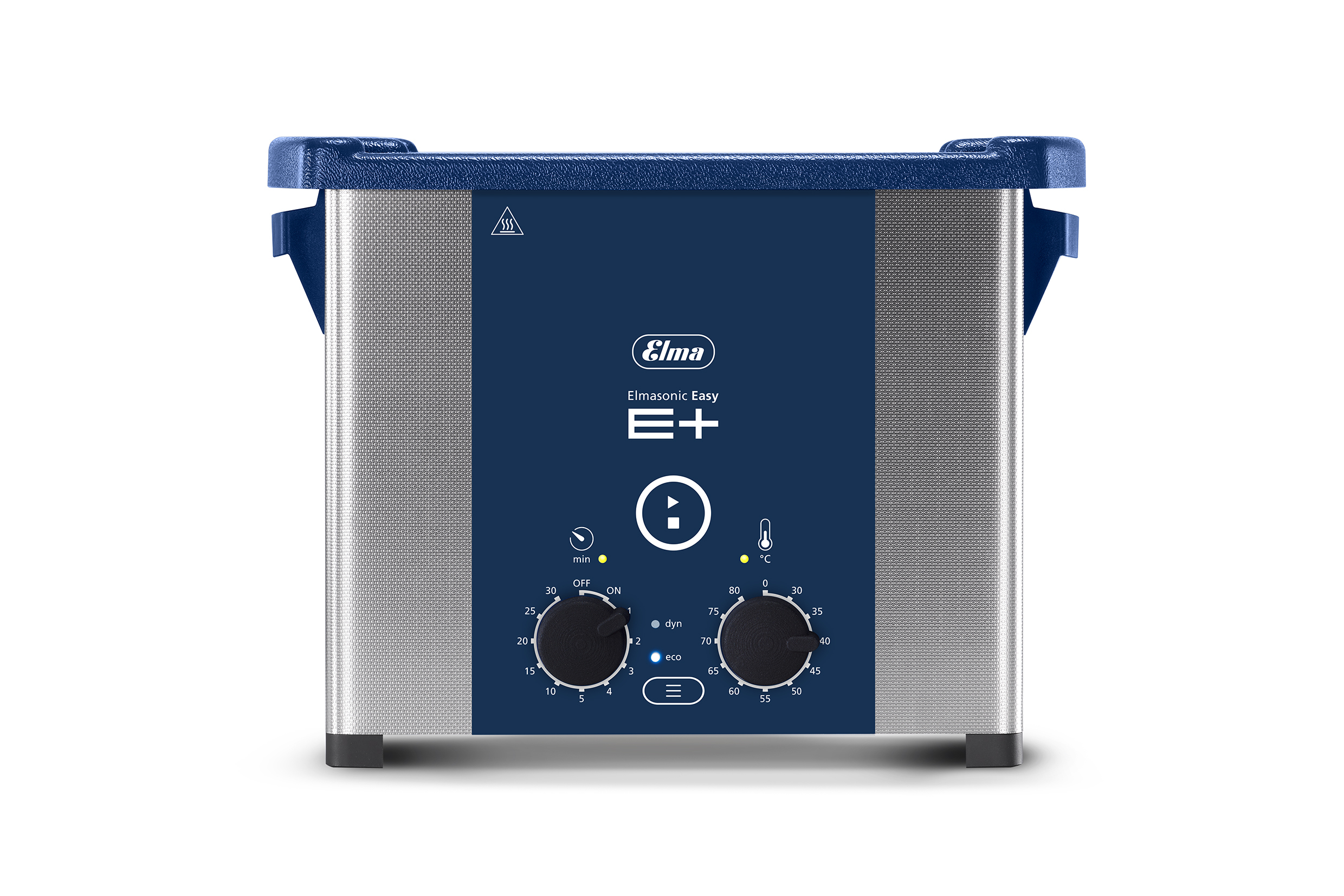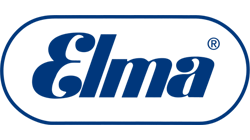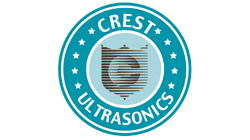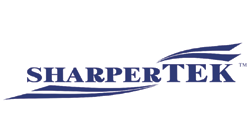Remove Rust with an Ultrasonic Cleaner
|
Let Us Help We can help you
find the perfect storage unit for your needs and budget. |
We're all familiar with rust.Another name for rust is corrosion, and its cost is substantial.A 2002 study “Corrosion Costs and Preventive Strategies in the United States” supported by the Federal Highway Administration and the National Association of Corrosion Engineers showed that the total annual estimated direct cost of corrosion in the U.S. is $276 billion.This post describes how removing rust with an ultrasonic cleaner can extend the life of tools and equipment, thereby saving you money.
We will look at
- A definition of rust
- Common methods of removing rust
- How to remove rust fast with an ultrasonic cleaner
- Ultrasonic tool cleaner selection criteria
- Setting up a cycle for cleaning rusty tools
- How to maintain your ultrasonic rust removal cleaning bath
A Definition of Rust
Rust is the great enemy and destroyer of products ranging from highway bridges to tools.
Rust is nothing more than oxidation (a.k.a. corrosion) of iron and iron-containing alloys.
Oxidation can be described as slow burning. High school chemistry class students may recall placing steel wool over a Bunsen burner and watching it burn - a classic demonstration of fast oxidation.
Common Methods of Removing Rust
Many techniques are touted for rusty tool restoration, some of which call for rather dangerous procedures including immersion in strong acids.
Others suggest soaking in a solution of salt, lemon juice and scrubbing.
Still others suggest removing rust using steel wool and solvents.
At iUltrasonic we believe that removing rust from personal tools worth restoration, by operators of auto repair, lawn & garden equipment services, or anyone who finds rust on their valuable tools for whatever reason should consider ultrasonic cleaning.
Without doubt it is a fast, efficient, environmentally friendly and proven way to accomplish the restoration of rusty tools.
Remove Rust Fast with an Ultrasonic Cleaner
Tools have simple or complex shapes.Examples of the latter include adjustable wrenches, socket wrenches, calipers and similar configurations with cracks, crevices and pivots difficult or impossible to reach using dips or mechanical methods to dislodge tenacious rust deposits.
Ultrasonic cleaning uses a much faster and more thorough technique to remove rust.It is accomplished in a stainless steel ultrasonic cleaner tank filled with a biodegradable cleaning solution. Examples include the Elmasonic E Plus Series available from iUltrasonic.
Generator-powered ultrasonic transducers vibrating at 37,000 cycles per second (37 kHz) are bonded to the bottom of the tank.
When activated the transducers cause the bottom of the tank to vibrate as a membrane, which creates billions of microscopic vacuum bubbles.Unlike soap bubbles that burst, vacuum bubbles implode on contact with items immersed in the tank.
These violent implosions blast and carry away rust deposits on the tools without damaging surfaces.And because they are so small they can penetrate blind holes, crevices and other "tight spots" in your tools impossible to reach by manual cleaning methods.
This is how ultrasonic cleaning works and why it is so effective in removing rust.
Ultrasonic Tool Cleaner Selection Criteria 1
The Solution is the Solution
Earlier in this post we called attention to techniques used to remove rust from tools.Ultrasonic cleaning solutions are available in many formulations, some of which are ideal for rust removal.Other formulations are designed to temporarily protect cleaned surfaces from rusting until they are otherwise treated.
A recommended cleaning solution for removing rust is Elma Tec Clean S1, available from iUltrasonic. It is a biodegradable, mildly acidic formulation for removing corrosion and rinses residue free.It is diluted to 1 to 5% with water.
For temporary rust protection during or after cleaning ask us for ElmaKS rust inhibitor, which is added at dilutions to 0.05 to 0.5% either to the cleaning tank or to a post-cleaning rinsing bath.
Ultrasonic Rust Remover Selection Criteria 2
Selecting your Ultrasonic Cleaner for Rusty Tool Restoration
Ultrasonic cleaner selection is governed by many factors.An important one is having the ability to accommodate the size of what is being cleaned.Tank dimensions come into play but also a recognition that cleaning basket dimensions, in which items are placed, are slightly smaller.
Related to this is what is called the working depth, which is the distance between the bottom of the cleaning basket and the surface of the cleaning solution.If this information is not evident from manufacturers' data sheets, ask for it.
Two points to keep in mind:
- Items being cleaned must be fully immersed in the cleaning solution.
- Avoid if possible having items being cleaned in contact with each other.
Ultrasonic cleaners ideal for restoring rusted tools are the heater-equipped 37 kHz Elmasonic E Plus units noted above.
These are available from iUltrasonic in 9 tank capacities from 0.25 to 7.5 gallons and basket dimensions (w/d/h)from 7.0/2.9/1.2 to 17.9/9.8/4.5.Temperature selection is thermostatically controlled to 80⁰C; timers to 30 minutes or continuous with an 8-hour auto shut-off.
An important feature of the E Plus series is their ability to automatically adjust power to the cleaning load and their continuous "sweep" mode, which provides a slight ± variation in ultrasonic frequency.This assures uniform distribution of cleaning energy throughout the bath to avoid "hot spots" of intense cavitation and dead zones with little or no action.
A user-activated "pulse" mode provides a 20% burst of ultrasonic cleaning power to remove particularly stubborn rust.The pulse function can also be activated to speed degassing fresh cleaning solutions.This removes trapped air that otherwise can extend the cleaning cycle.
Degassing is also accomplished by operating the unit for a period of time without a load.The time depends on the capacity of the tank.
LEDs are activated when the pulse mode is engaged and when the solution reaches the set temperature. Cleaning temperature recommendations are provided by manufacturers.In the case of Elma Tec Clean S1 it is 30 to 80⁰C.
Setting Up a Cycle for Cleaning Rusty Tools
We suggest using a wire brush or otherwise removing loose or flaking rust from the tools to help preserve cleaning solution effectiveness. Then you're ready and with experience you'll develop your own rust removal routine.
Here's a typical procedure using the Elmasonic E Plus equipment:
- Fill the tank half way with water then add the correct amount of Elma Tec Clean S1 for a full tank and, if preferred, rust inhibitor Elma KS. Then add water to the tank fill line.
- Turn the unit on and activate the Pulse mode to degas the solution.
- If parts can be disassembled do so, then place them in the unit’s mesh basket (ordered separately). Try to avoid contact between the parts.
- When the bath temperature reaches the set temperature lower the basket into the solution, set the timer and let cavitation do its work.
- If you want to check progress do not reach into the tank.The solution is hot.Instead, remove the basket, examine the tools and reposition if needed then replace the basket.
At the end of the cycle check the tools (they will be hot!) to be sure they are clean.If you rinse your tools, add the rust inhibitor to the rinsing bath.Dry the parts, spray them with an agent such as WD-40, reassemble and put your tools and equipment back to work.
How to Maintain Your Ultrasonic Rust Removal Cleaning Bath
As noted above, loose rust should be scraped or wire brushed before parts are cleaned.
Contaminants that rise to the surface should be skimmed of and disposed of properly.
When the cleaning effectiveness falls off drain the tank and dispose of the solution according to local regulations. Take this time to thoroughly clean the tank following the manufacturer’s recommendations.
Ultrasonic Rust Removal Summary
In summary, dirty or rusted tools and other metal parts such as pumps, gears, and mechanical equipment can often be restored in an ultrasonic cleaner.
Count on the cleaning professionals at iUltrasonic for expert advice on selecting cleaning equipment and procedures.








